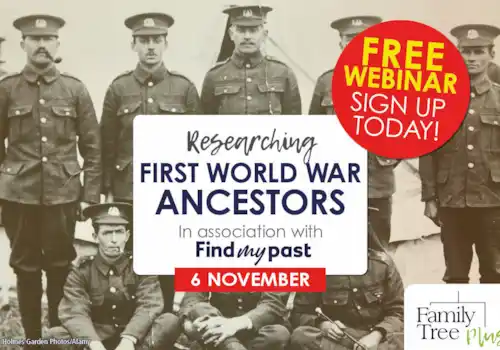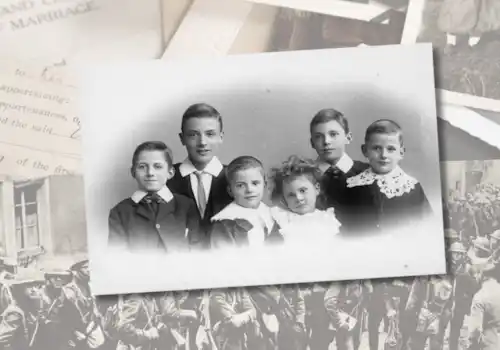Islington and St Pancras Cemetery is a 190-acre cemetery in East Finchley, three miles to the north-west of Alexandra Palace.
Islington and St Pancras Cemetery is a 190-acre cemetery in East Finchley, three miles to the north-west of Alexandra Palace.
The cemetery actually comprises two separate burial grounds – Islington and St Pancras – which together have around 1 million interments, making it the largest cemetery in the UK in terms of the number of burials. The site is classed as a Grade II English Heritage listed building.
The cemetery was established in 1854, after the St Pancras Burial Board purchased 88 acres on Finchley Common – land which was previously known as Horseshoe Farm. This became London’s first municipally-owned cemetery. A further 94 acres were purchased in 1877, after which the cemetery was split into sections for Islington (north-west and eastern boundary) and Camden (centre, north and south west). Although the boundary no longer exists its remains can still be seen.
Since the site opened there have been around 812,000 burials, 56,000 cremations and a number of reinternments from other demolished graveyards.
The site includes:
- Islington Civilian War Memorial
- Islington Commonwealth War Memorial
- St Pancras Civilian War Memorial
- St Pancras War Graves and Commonwealth War Memorial
- Islington Chapel
- St Pancras Chapel
How to explore the cemetery records
Visitors are welcome to visit the cemetery to explore the records free of charge. Access is available Monday to Friday, 10am to noon and 2pm to 4pm (excluding bank holidays). You can explore the records online (for a small fee) at Deceased Online. Cemetery staff can also search the records on your behalf for a fee. Find out more here.
Notable burials
Among those buried at Islington & St Pancras Cemetery are:
- Islington’s first mayor, William Crump
- Artist Ford Madox Brown
- Tiverton Preedy, founder of Barnsley FC
- Aviator John Baptisa De Manio
- Pearly King Henry Croft
The Mond Mausoleum
Perhaps the most famous monument on site is the Mond Mausoleum, a Greek temple created for Ludwig Mond (1839-1909), a German-born chemist who established the company Brunnder, Mond & Co that later became ICI. The mausoleum, built in 1909, is in the style of a Greek temple and is made of granite and Portland stone.
War graves at Islington and St Pancras Cemetery
The cemetery is home to several war graves and memorials dedicated to those who gave their lives in the two World Wars. The monuments are cared for by the Commonwealth War Graves Commission (CWGC). There are several family war memorials, and a larger number of Portland Stone CWGC memorials.
According to the CWGC website there are 518 casualties commemorated in the cemetery, from the two World Wars – 306 from World War I and 207 from World War II, as well as five foreign national and one non-war service burial.
Details
Islington & St Pancras Cemetery, High Road, East Finchley, N2 9AG; open: 9am-4pm (winter), 9am-5pm (summer).
(Images: Mond Mausoleum © Mark Kobayashi-Hillary, cemetery © ElectricRay)
When to visit?
Why not kill two family history birds, with one stone? Come along to Family Tree Live at Alexandra Palace on the 26th & 27th April 2018. After visiting Family Tree Live, why not take a trip to this burial ground, which has the largest number of burials of any UK cemetery?








.jpg)
